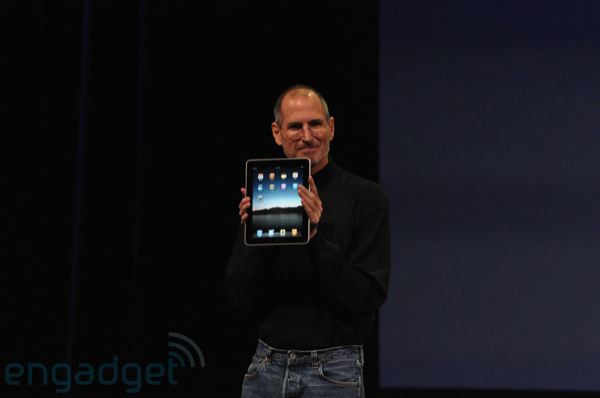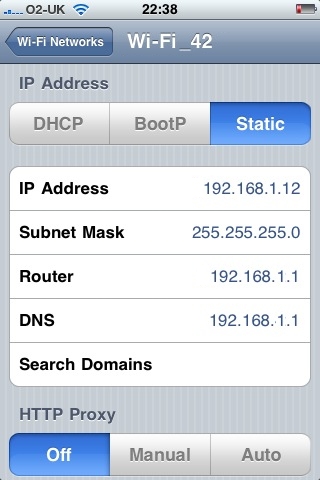(2) Abstract
In this lecture, we look at the mechanics that are required to make Web-based mobile applications possible. This starts with basic networking capabilities, the question how individual devices establish Internet connectivity, and how the devices then communicate with the next hop
in the communications chain. Based on this connectivity, we look at what it takes to establish a Web connection, how clients and servers are connected (how the data is actually routed), and how this can be influenced by intermediaries. Finally, we look in more detail at the endpoints of such a conversation, the browser and the server. How does a browser on a mobile device access the network, and how does a server receiving a request route it to the appropriate logic for processing it? We will discuss many of these in more detail later, but this lecture presents the big picture of how they all work together to make the mobile Web work.
![]() [http://creativecommons.org/licenses/by/3.0/]
[http://creativecommons.org/licenses/by/3.0/]




